Quito, Ecuador —(Map)
Ecuador has been rocked by violent protests as large groups of people rally against a planned increase in the costs of fuel. After more than a week of protests, the situation remains tense and uncertain.
In Ecuador, the costs of fuel, such as gasoline and diesel, have been kept low because the government pays for part of it. This is called a “subsidy”. But the government of Ecuador owes lots of money to other countries and businesses, and it’s struggling to pay that off.
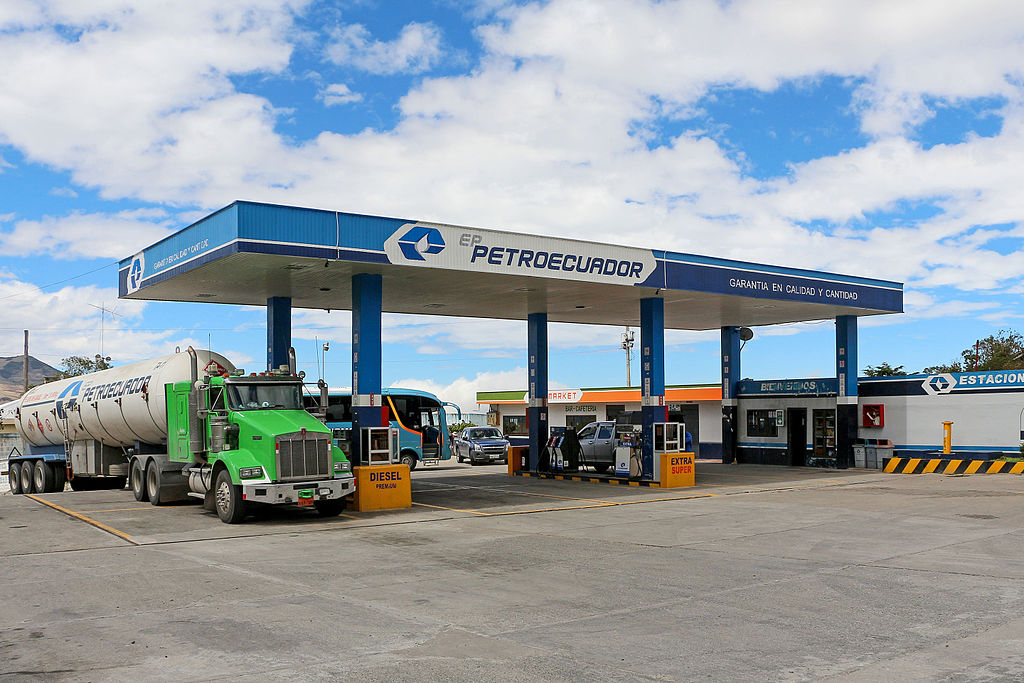
(Source: Bernard Gagnon [CC BY-SA 3.0], via Wikimedia Commons.)
In March, President Lenín Moreno made a deal with the IMF (International Monetary Fund), a global banking group run by the United Nations (UN). The IMF promised to loan Ecuador $4.2 billion, but only if Mr. Moreno cut the fuel subsidy, which costs Ecuador’s government around $1.3 billion every year.
The IMF believes that Ecuador can’t afford the subsidy. Ecuador also had to agree to several other spending cuts. Many of those cuts will be especially hard on poor people.
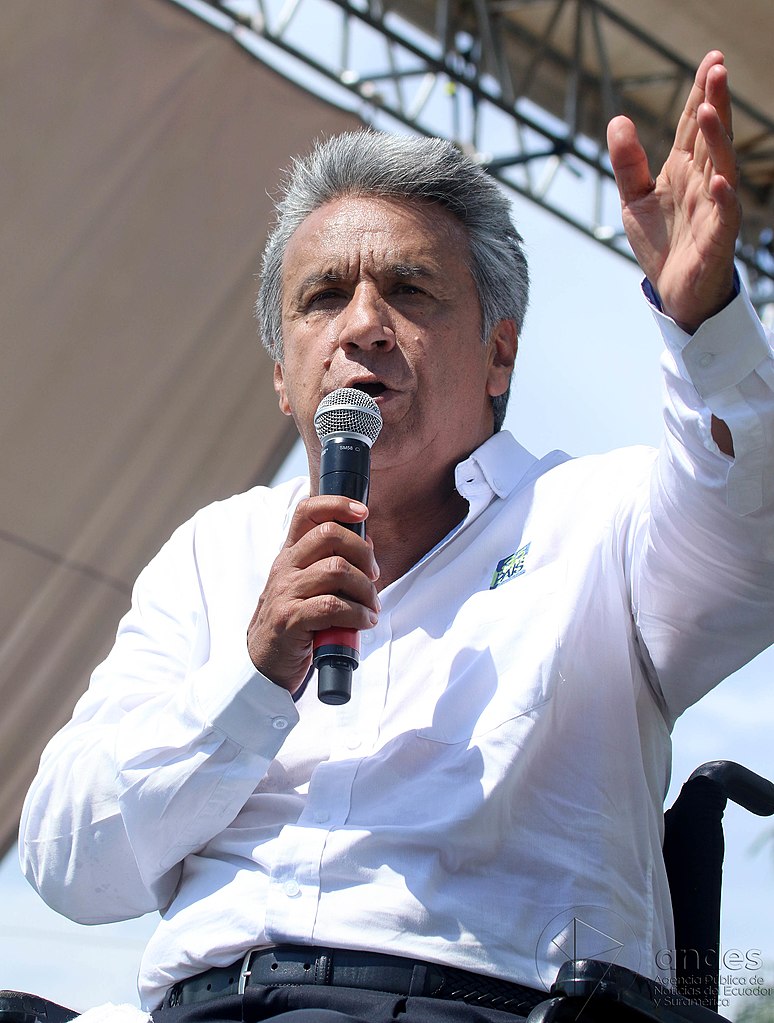
(Source: Agencia de Noticias ANDES [CC BY-SA 2.0], via Wikimedia Commons.)
Without the subsidy, the cost of diesel would more than double. That’s too much for many people. Though the changes affect everyone, they are much harder on people who drive for a living, like taxi drivers and truckers.
Another group that depends on the subsidies are Ecuador’s indigenous people. Indigenous people are those whose families came from one of the tribes that lived in Ecuador long before Europeans arrived.
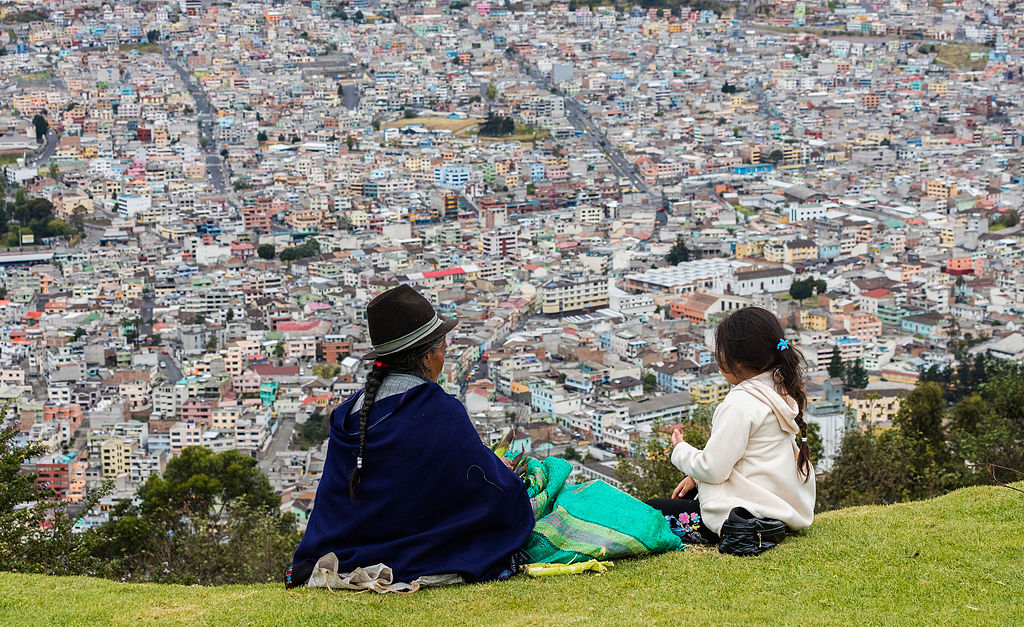
(Source: Diego Delso [CC BY-SA 4.0], via Wikimedia Commons.)
These days, many indigenous people live outside of cities and work as farmers. Many are poor and count on government subsidies to allow them to buy diesel fuel for their tractors.
On Wednesday, October 3, thousands of people began protesting over the cuts. Truckers and taxi drivers began using their vehicles to block traffic. Indigenous people in the country blocked highways, cutting off roads between cities.
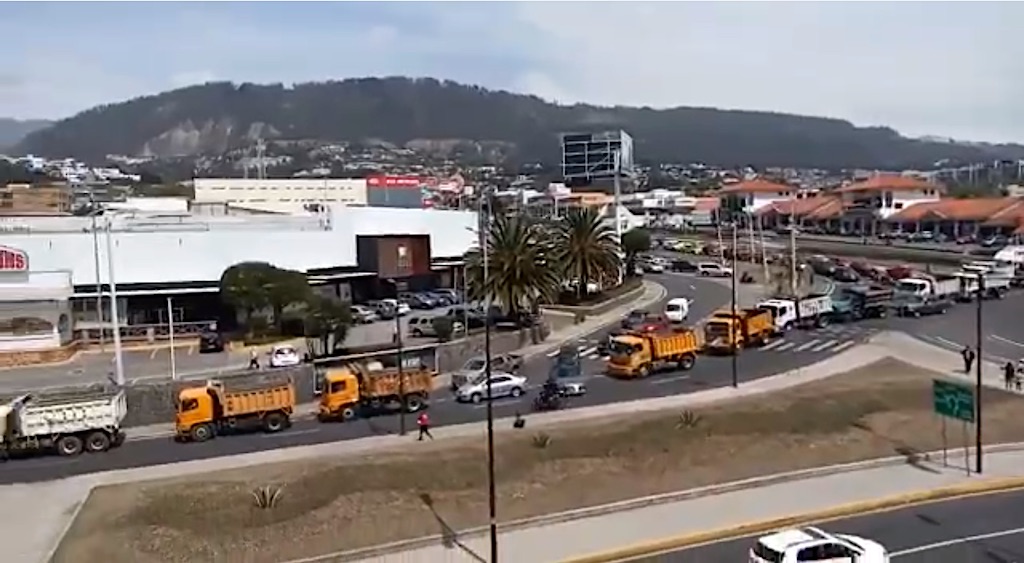
(Source: Katherine Kirk.)
There were protests across the country. Some protests became violent, and many stores closed to avoid violence.
The government declared an emergency, which gave it special powers, including bringing soldiers onto the streets to keep order. By Friday, the government had reached an agreement with groups representing truckers and taxi drivers.
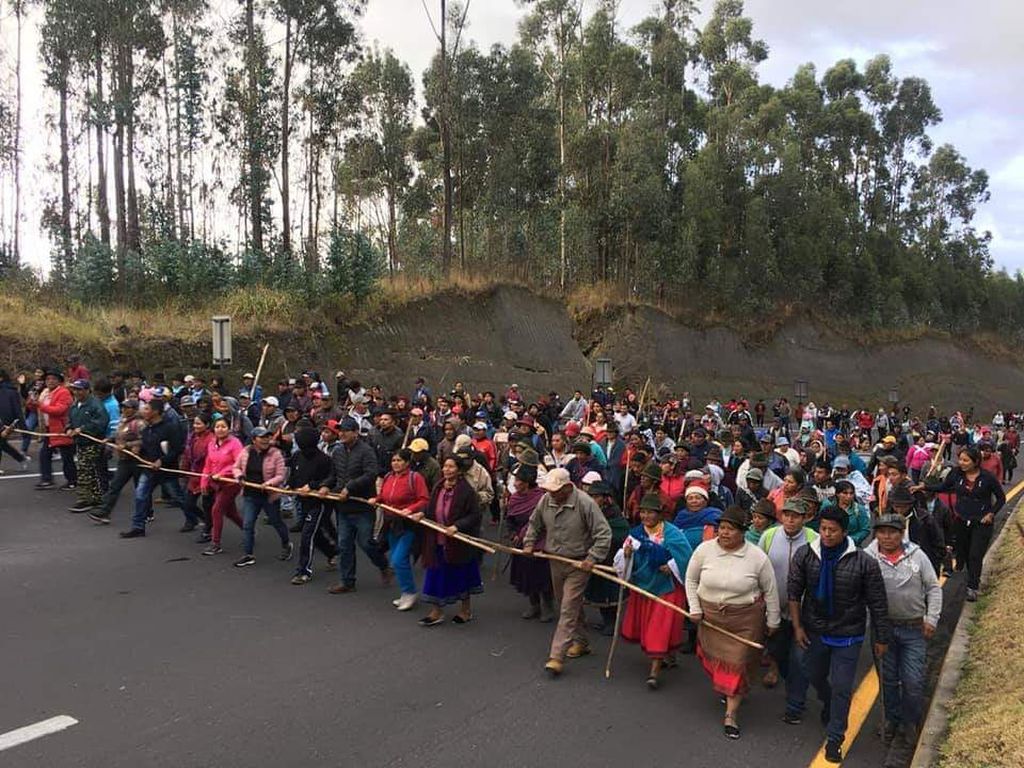
(Source: CONAIE, via Twitter.)
But indigenous groups announced a march, with up to 20,000 people coming to Quito from different parts of the country. In response, President Moreno temporarily moved the country’s government from Quito to the southern city of Guayaquil.
By October 8, the indigenous people had arrived in Quito and began protesting near government offices. The protests have continued since then. Many businesses and most schools have been closed all week. Over 750 people have been arrested and 5 people are reported to have died in the protests.
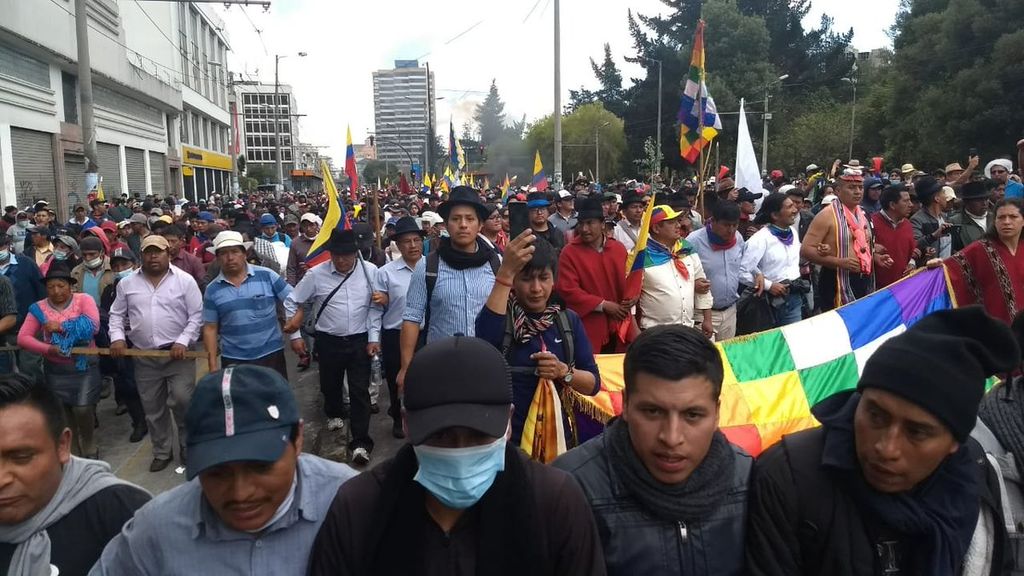
(Source: CONAIE, via Twitter.)
The protesters want the subsidies back, and many are calling for Mr. Moreno to step down – something he has refused to do. Both Mr. Moreno and the protesters are aware that indigenous protests have played a part in removing three recent Ecuadorian presidents.
The government says it’s willing to talk with the protesters to try to find a solution. So far, the protesters haven’t accepted this offer.
😕
This map has not been loaded because of your cookie choices. To view the content, you can accept 'Non-necessary' cookies.
